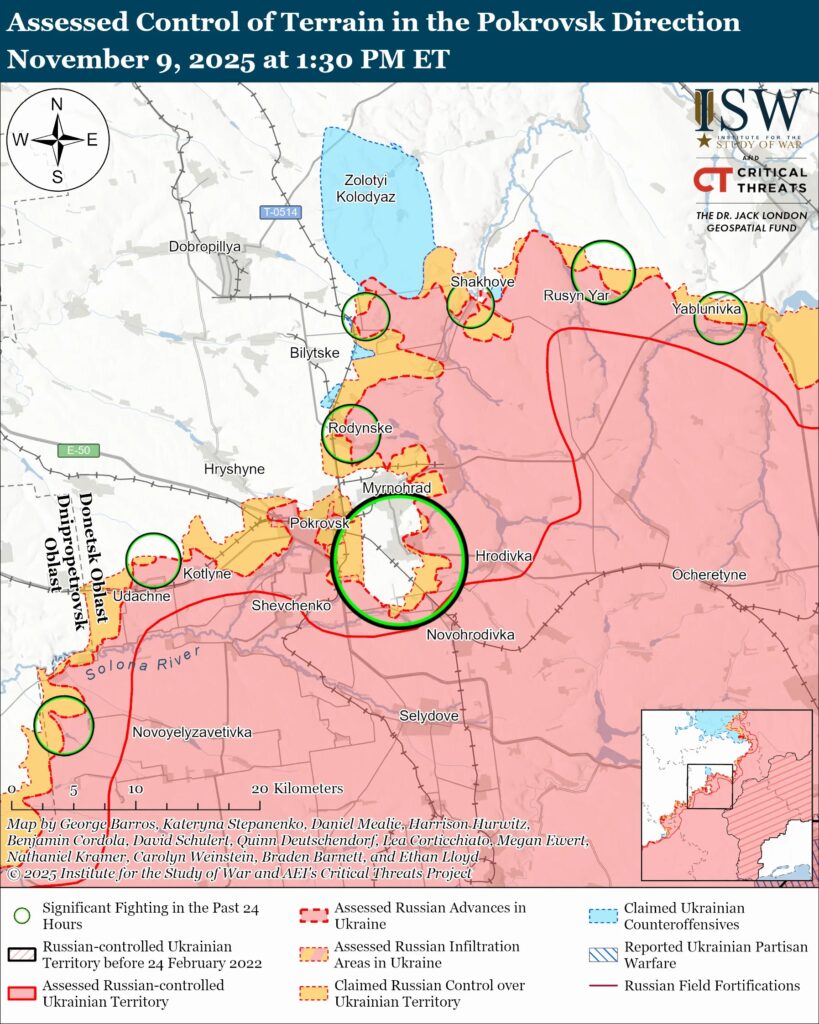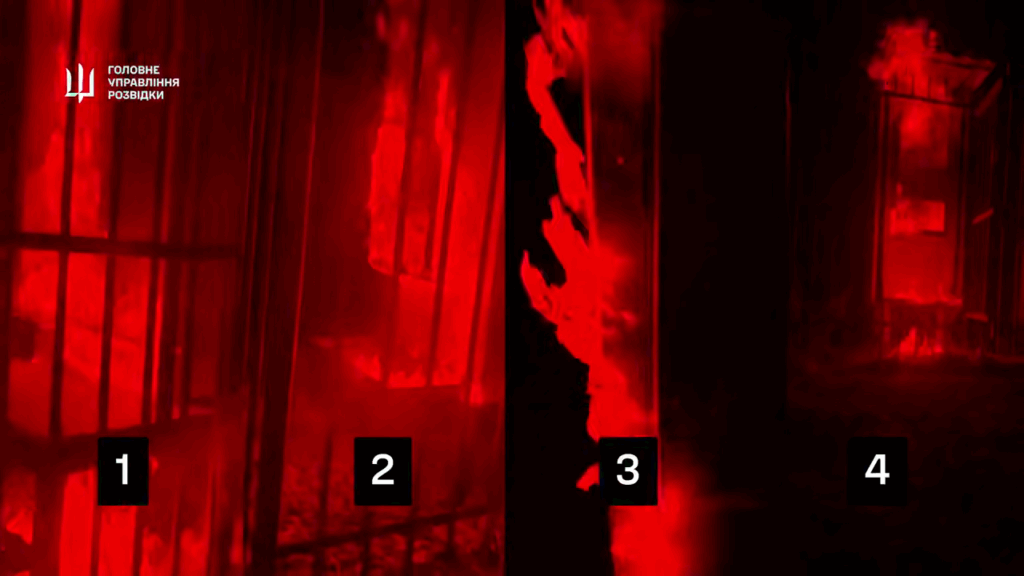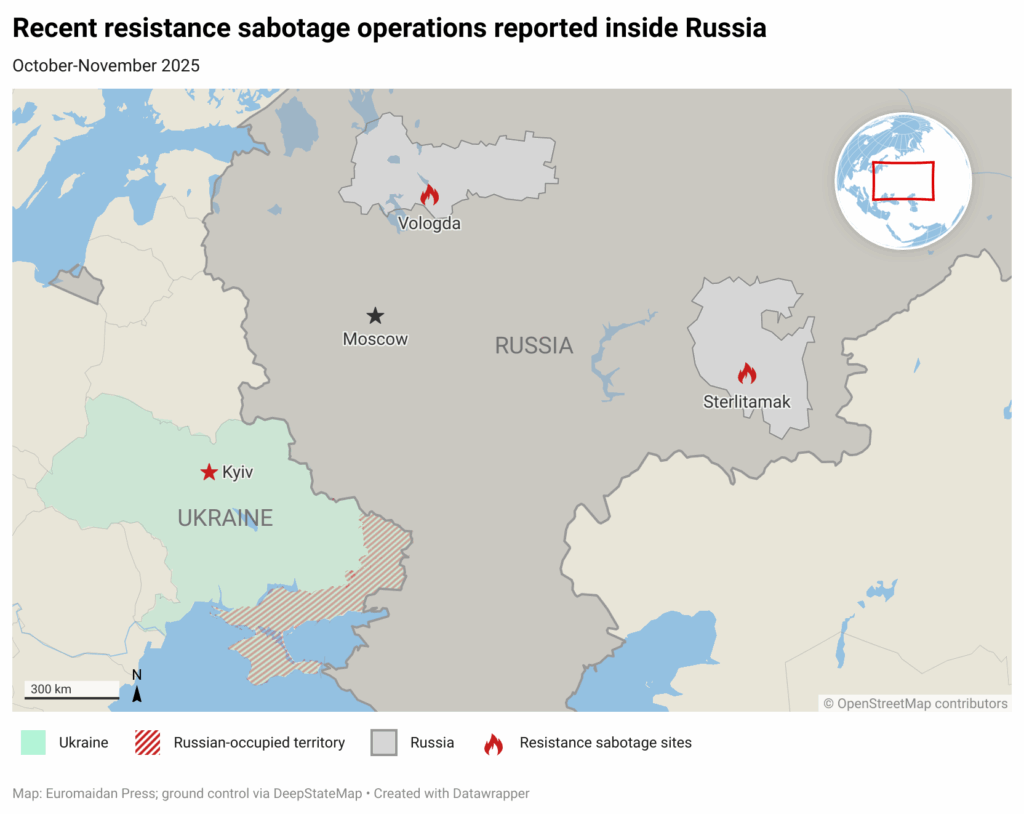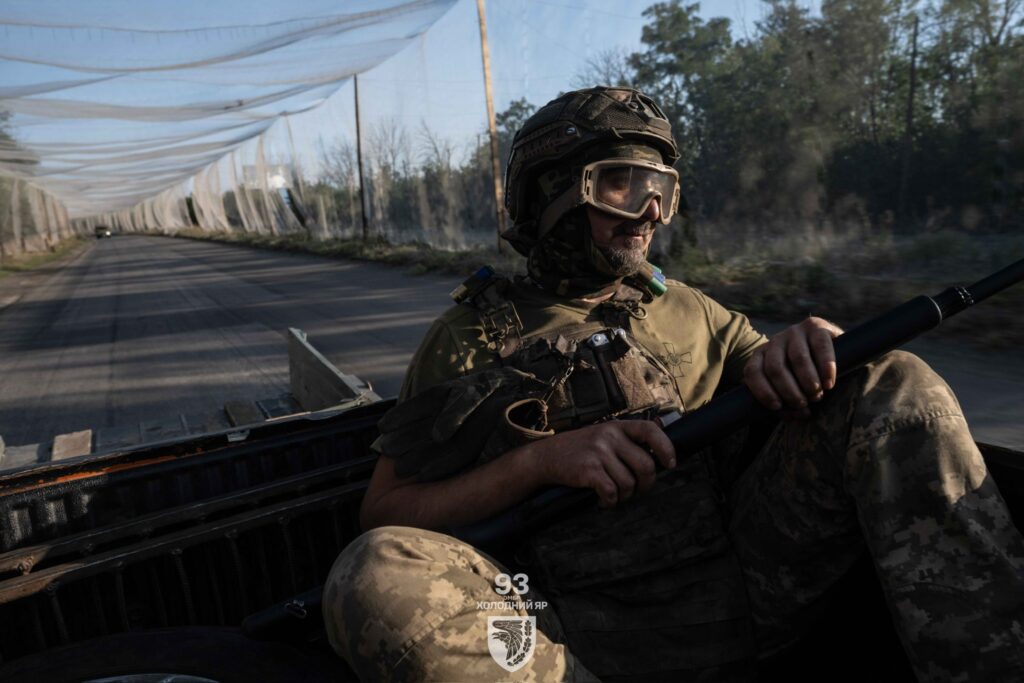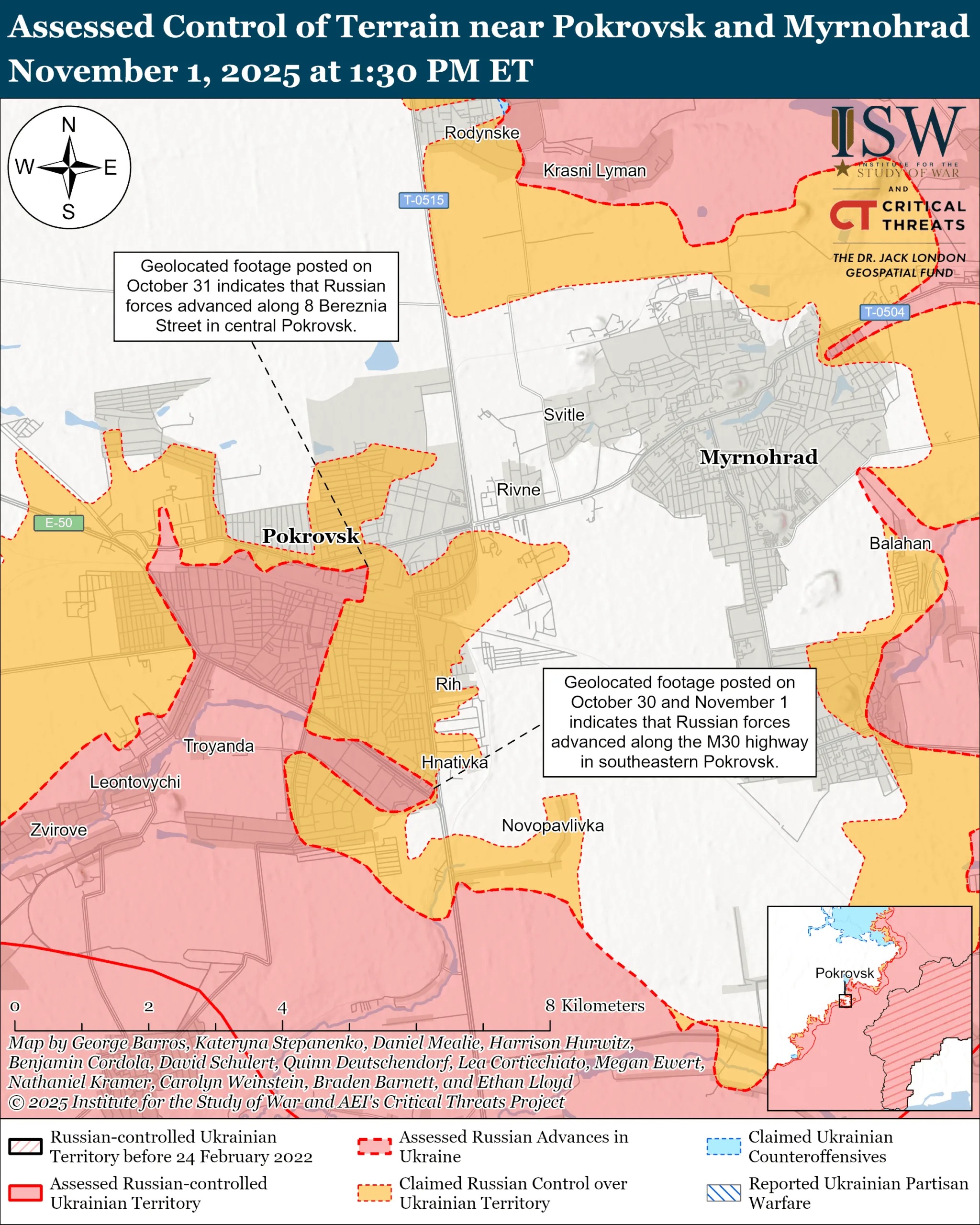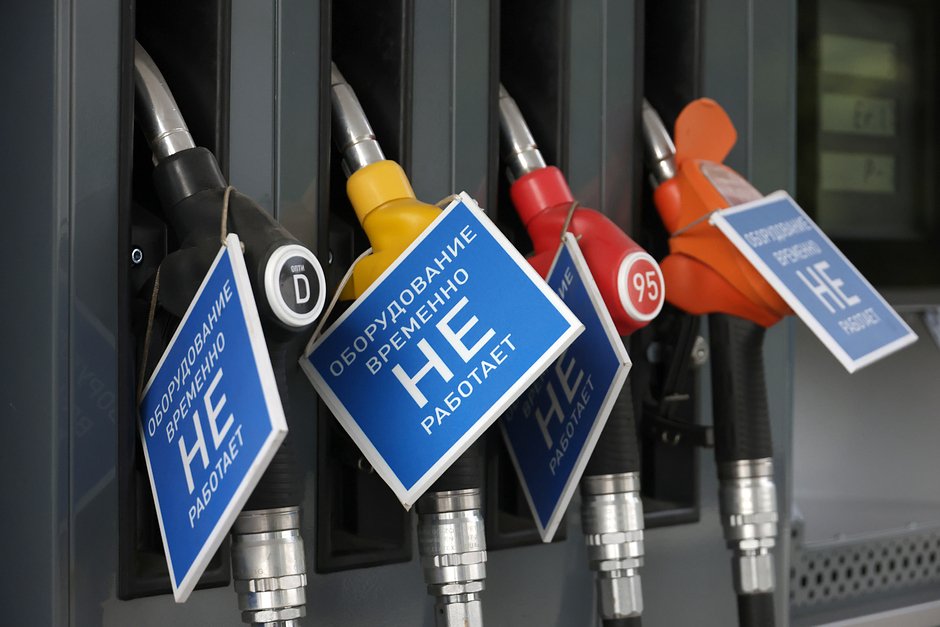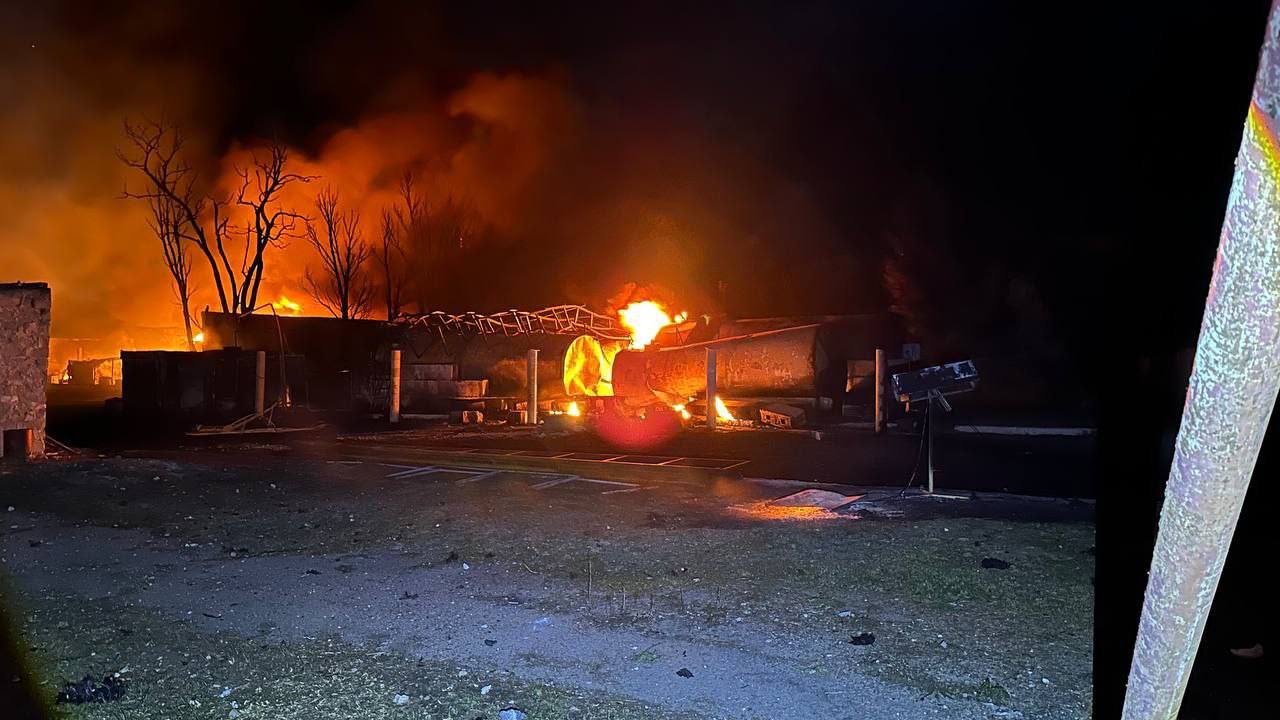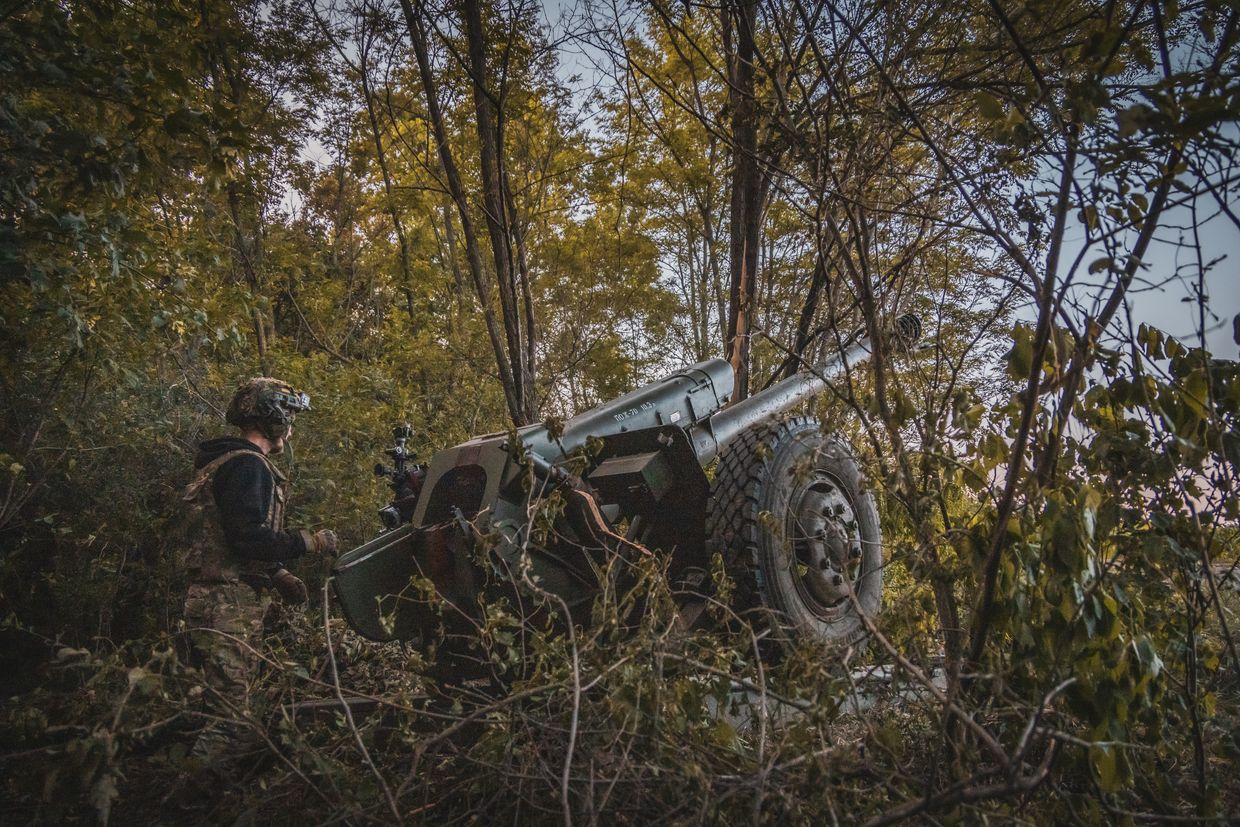Pokrovsk defense was like “holiday” for Ukrainian forces before they arrived and turned Ukrainian strongholds into kill zones

A Russian shadow laboratory for new military tactics is rapidly advancing, according to Kyiv military sources. The most elite drone center, Rubicon (also spelled Rubikon), is now focused on eliminating Ukrainian operators and operates in hot spots along the front, the Financial Times reported.
Ukrainian soldiers say the defense of Pokrovsk was “like a holiday” for Ukrainian forces before Rubikon entered this sector of the front.
Armed, aggressive Russia is experimenting with new methods of warfare. Without support from the Armed Forces of Ukraine in the form of air defence, electronic warfare, and intelligence, Russian offensives become more dangerous.
New survival rule on the front
“Be humble, be silent, mask your position, and don’t move when it’s not necessary. Best to sit in your trench and watch Instagram," jokes Ukrainian operator Dmytro.
According to experts, Rubikon has roughly 5,000 fighters and large financial resources. Its task is to disrupt Ukrainian logistics, destroy drone command teams, and train other Russian units.
Russian Rubikon has no days off
“They have a lot of people, and that means they can work 24 hours a day, seven days a week. They can change teams every five hours, they can sleep. It’s more difficult for us because we don’t have many people to rotate all the time, and we still need to sleep," said another Ukrainian soldier.
Meanwhile, Rob Lee of the Philadelphia-based Foreign Policy Research Institute notes that Rubikon has become a center of Russian army innovation, developing new tactics and technologies.
"It’s more than a unit; it is a centre — a centre for all kinds of unmanned systems development," he says.
Now Kyiv must counter the highly organized Rubikon strategy by developing its own clear, centralized battle plan, he added.
In response, the Ukrainian forces are creating their own “anti‑drone” groups, changing tactics, better camouflaging positions, and restricting movement.
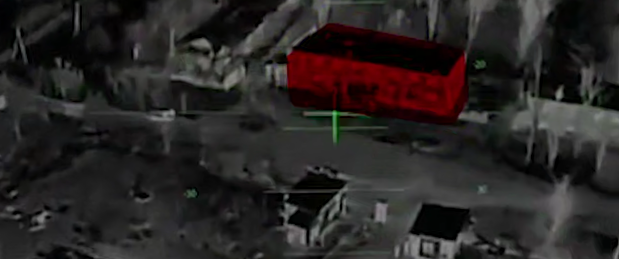
Ukrainian FP-2 drone carrying 105kg warhead eliminates Rubikon officers in occupied Avdiivka
Follow Euromaidan Press on Google News! Value this reporting? Support our work.
BECOME OUR PATRON!
Maximum access to technology
Earlier, LIGA.net reported that Russian military intelligence and Russian Defense Minister Andrei Belousov stand behind the Rubikon center, according to a Ukrainian Defense Intelligence officer with the callsign "Azimut".

The officer added that Rubikon shows “strong political will and a large role” of Russian special services directly in organizing this structure.
The intelligence officer also noted that elitism indeed exists within Rubikon. For example, recruiters for this unit have the right to take personnel from any units.
“They simply arrive — and have full access to pilots from other combined-arms units," said the officer.
Therefore, he noted, due to political will, this formation has “maximum opportunities for its development and maximum access to financing and technologies.”

Earlier, the Ukrainian Defense Intelligence reported that its soldiers had discovered the Rubikon base in Avdiivka, Donetsk Oblast. The city fell under Russian control in 2014.
Using precise coordinates of Russia's position, Ukrainian intelligence operators directed its new FP-2 unmanned aerial vehicle, equipped with a 105-kilogram warhead, toward the Russian target amid dense urban terrain.
As a result of the strike, Ukrainian Intelligence eliminated Russian officers and drone operators from the unit who were inside their headquarters.
Read also
Follow Euromaidan Press on Google News! Value this reporting? Support our work.
BECOME OUR PATRON!



